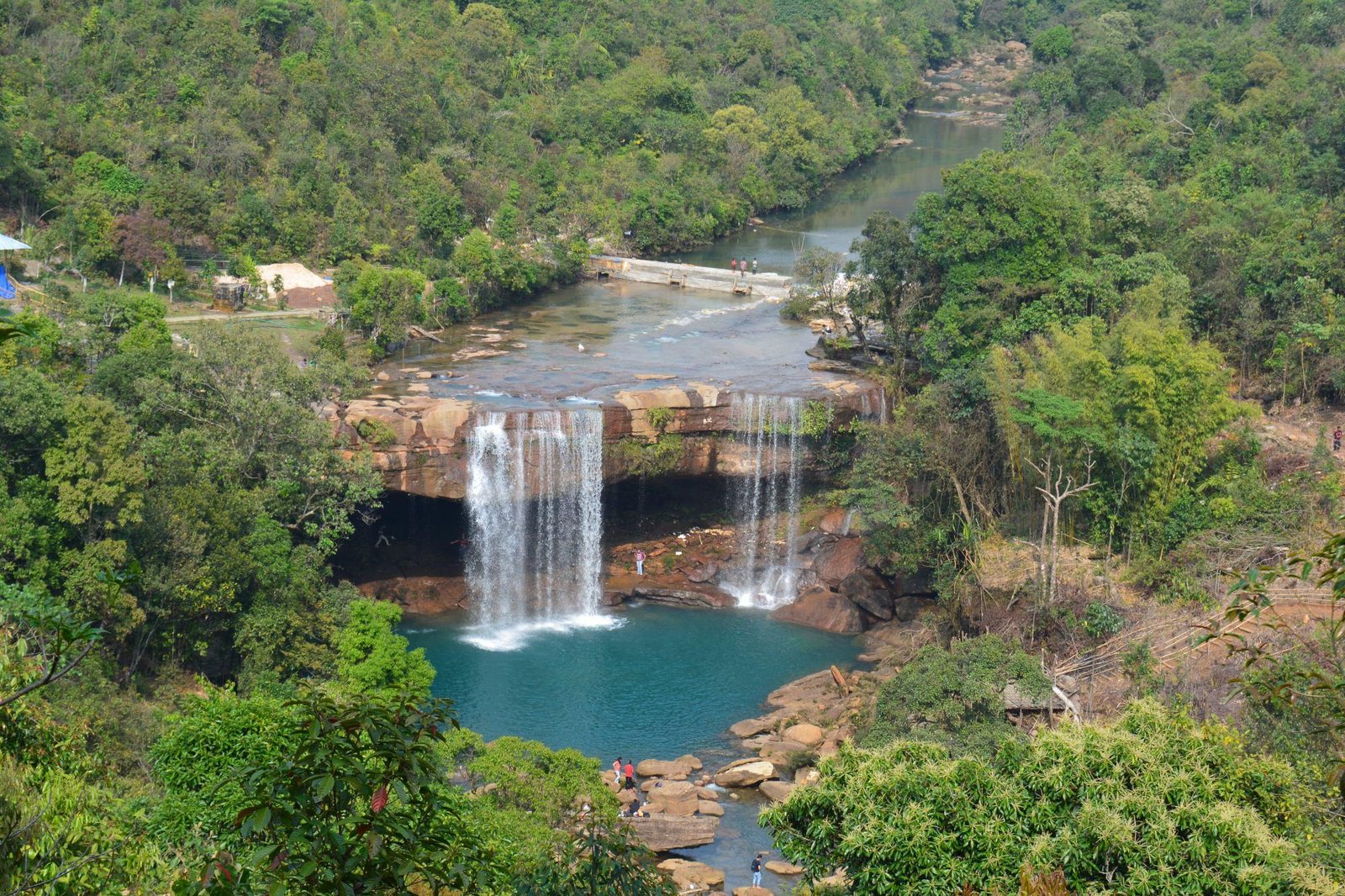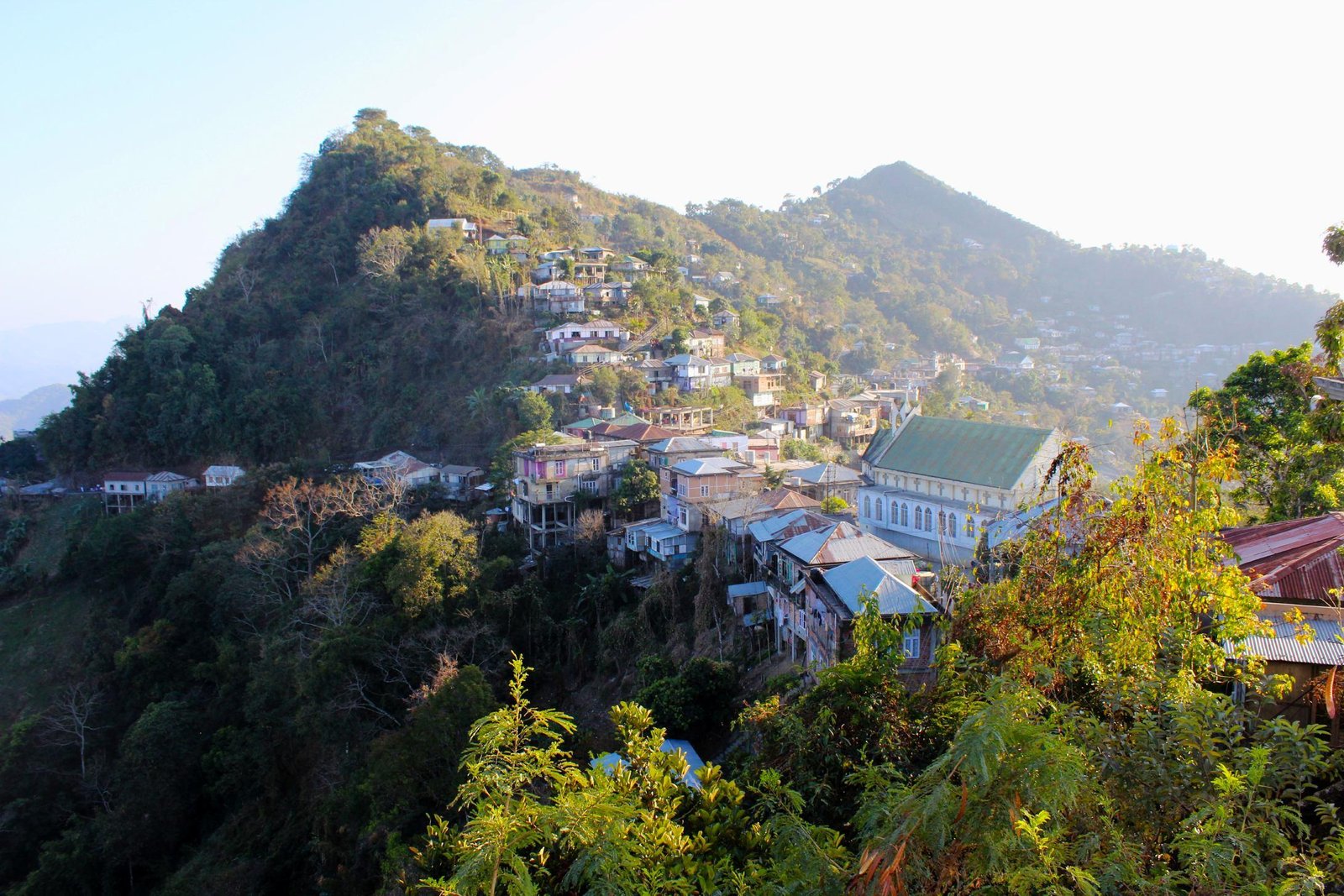Sariska Tiger Reserve faced a well-known wildlife crisis that gained significant attention. In 2005, a journalist revealed that the tiger population in Sariska had been wiped out, a fact later confirmed through an emergency census. An inquiry into the matter recommended crucial management changes before reintroducing tigers to the reserve. However, the implementation of these recommendations has been slow and incomplete, despite widespread media coverage and concerns in India.
Despite the challenges, efforts were made to reintroduce tigers from Ranthambhore National Park to Sariska. By 2010, five tigers had been relocated. Unfortunately, in November 2010, the male tiger of the original pair was found dead under suspicious circumstances, revealing poisoning as the cause. Local villagers, who were not supportive of the reintroduction, were held responsible. The conflict between the impoverished, expanding village population and the rare wildlife on their doorstep remains unresolved, despite plans to relocate and compensate villagers. At the time of research, 25 out of 28 villages within the park had yet to be relocated.
In early 2012, the first cubs were sighted in Sariska, and plans were underway to relocate three more tigers from Ranthambhore. This would increase the total number of tigers in Sariska to 10. However, the success of this reintroduction remains uncertain, as there is concern about the closely related nature of the reintroduced tigers. Sariska stands as a somber reminder of the challenges facing tiger conservation in India, from government officials to underpaid forest guards.
Only time will reveal the outcome of these conservation efforts, and it is crucial to address the underlying issues to ensure the long-term survival of tigers and wildlife in Sariska Tiger Reserve.

























